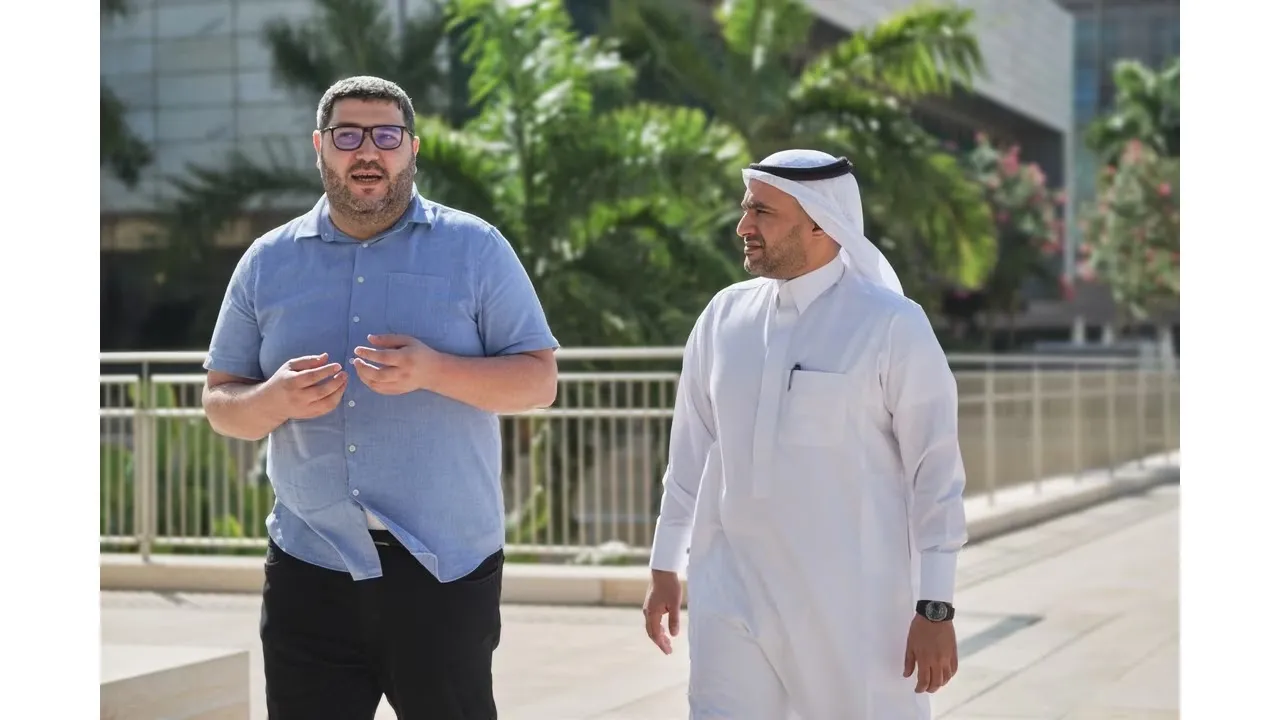
KAUST Insights for communication: Closing the digital divide with wireless communications
About
Smartphones may seem ubiquitous, but many people across the world — especially those living in remote, low-income regions – still lack access to a mobile telecommunications network. Without such a connection, communities miss out on the quick and easy access to news and information, essential services, online business, as well as social connection, that wireless telecommunications can provide.
The government of Saudi Arabia, through its Communications, Space & Technology Commission (CST), is looking to close this connectivity divide. In November 2021, CST initiated a collaboration between wireless communications experts in academia, to explore a way to utilize the scarce wireless radio frequency (RF) spectrum effectively to expand mobile communication coverage into remote, unconnected parts of the Kingdom.
Three universities were tasked with working together to complete the study: KAUST; King Saud University (KSU); and King Fahd University of Petroleum and Minerals (KFUPM). “Forming a research team spanning the three universities was the quick and easy part of the project,” says Saleh Alshebeili, a professor in electrical engineering at KSU.
“We have collaborated on various projects over more than 10 years. When you have this type of long-term relationship, it is easy to come together as a group,” Alsehbeili adds. “We established our team in minutes and the work could start immediately.”
Spectrum crunch
Wireless communications are a limited resource. The RF spectrum that underpins all wireless communications is divided into bands set aside for specific uses including radio communications, television broadcast, cellular mobile phone systems, GPS, Wi-Fi and satellite communication. “The RF spectrum is one of the most important resources of any country,” Alshebeili says. While the need for cellular mobile telecommunications is rising, demand for television broadcast is falling. Instead of using this part of the RF spectrum, known as the sub-700 MHz ultrahigh frequency (UHF) band for TV, it could potentially be reassigned for mobile telecommunication networks.
“Therefore, the sub-700 MHz band could deliver cellular communications to unconnected people in sparsely populated rural regions”, says Ammar El Falou, a research engineer, who led KAUST’s participation in the project. Compared with conventional mobile phone networks, the sub-700 MHz band uses long wavelength radio waves that can travel further and more easily penetrate obstacles, such as hills or walls. The long distances that the signals traverse could allow wide areas to be covered with few base stations, reducing network infrastructure costs.
“As the national regulator, the CST aimed for this project to not only understand the nature of the problem,” says Abdulah Johani, a wireless technology expert at CST, “but also to come up with innovative engineering solutions. The frequency spectrum has the potential to contribute up to 40% of GDP. Therefore, working to improve its current impact fits with the goals of the Kingdom’s Vision 2030.”
The potential challenge – and the question that CST asked the academic team to assess — is that Saudi Arabia adjoins multiple countries which still use the sub-700 MHz band for television. CST tasked the team with analyzing whether mobile telecommunications on this band in Saudi Arabia could coexist with television broadcast in neighboring countries.
“Our first task was to show the International Telecommunications Union (ITU) that we could use this band for mobile telecommunications close to the border, without interfering with the TV broadcast in neighboring countries,” El Falou says. The team was then to assess whether the TV signal from these countries could disrupt a Saudi sub-700 MHz telecommunications network by causing interference either at the base station or at the user’s device.